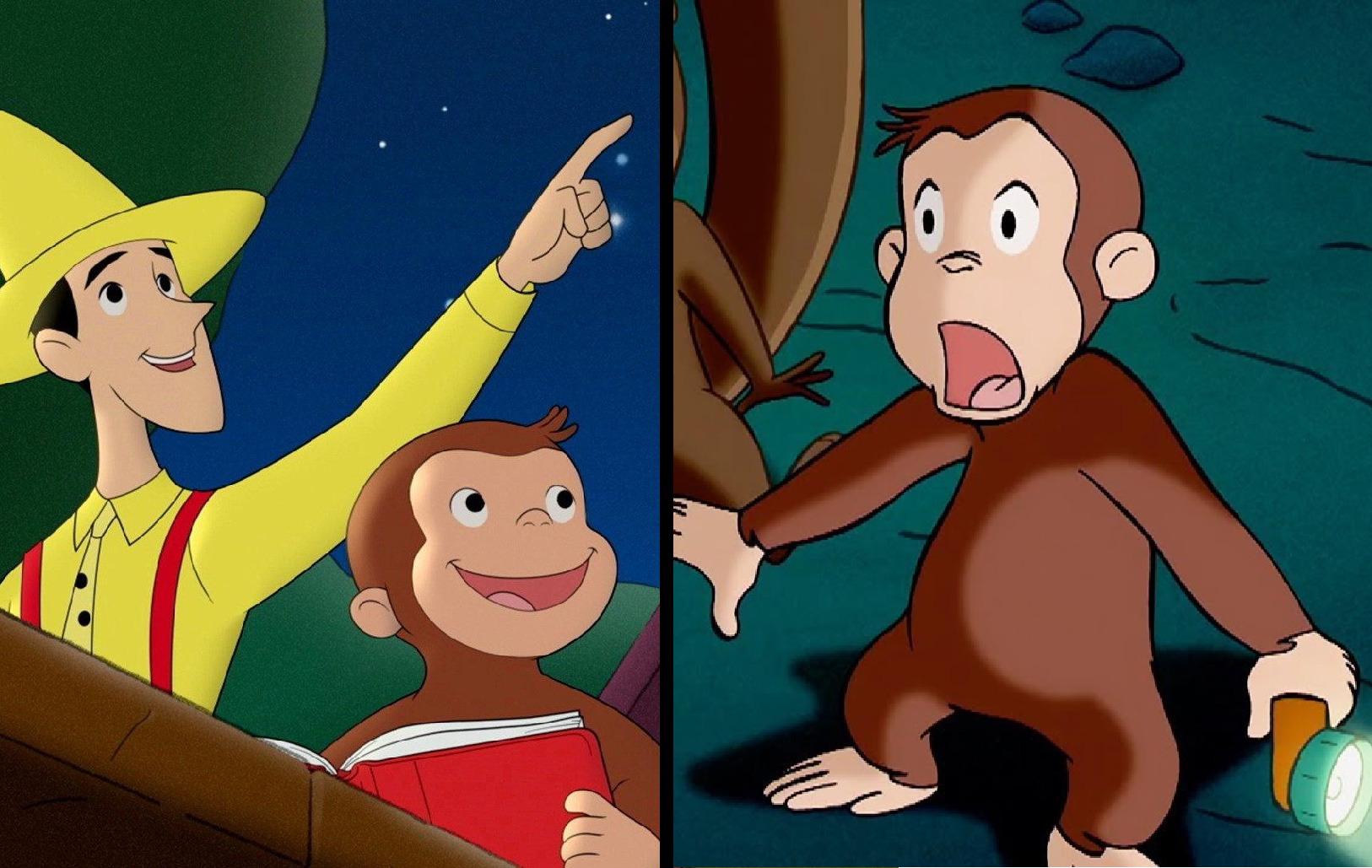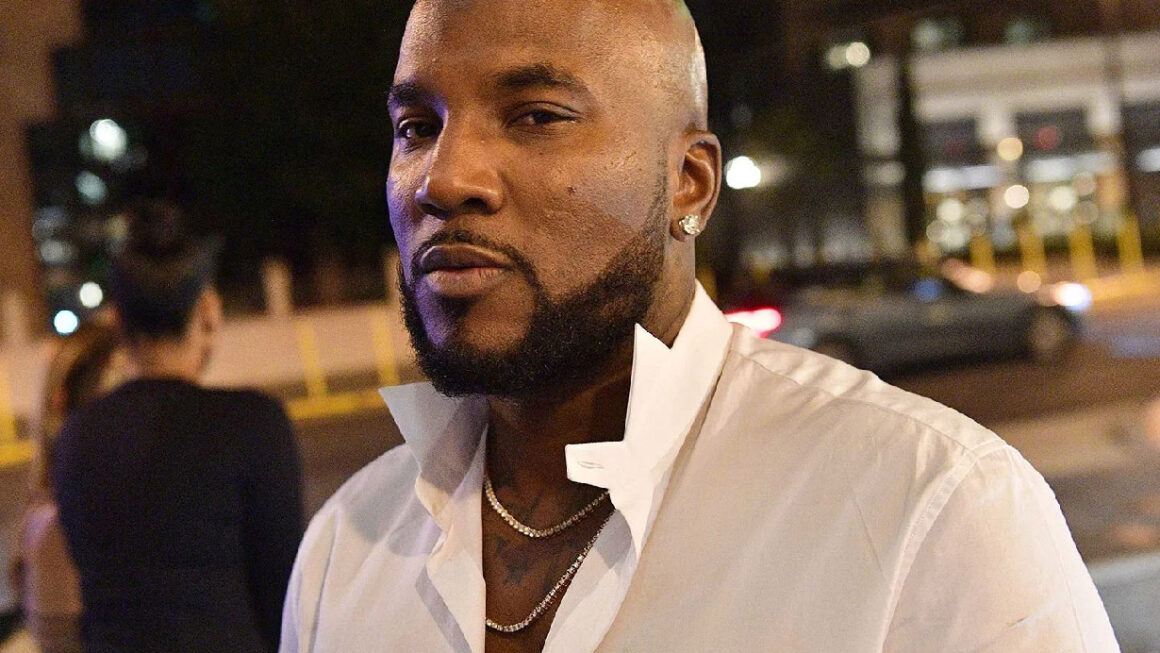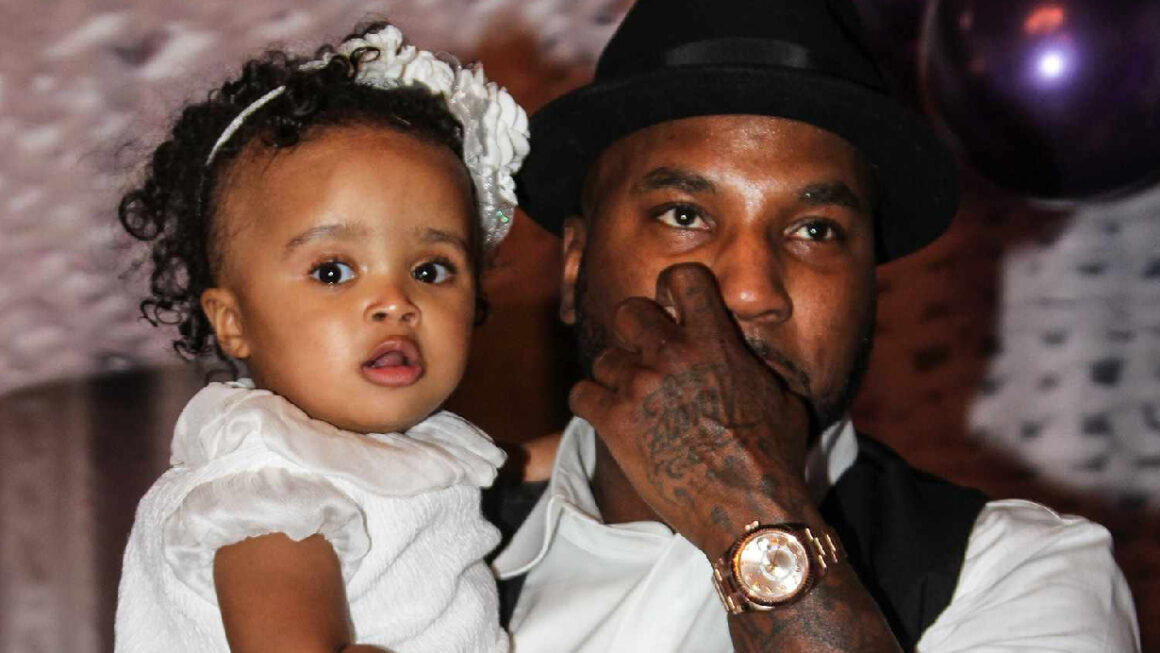Curious George is a mischievous monkey and the main character in a series of beloved children’s books. He first appeared in 1941 and has since become iconic in children’s literature. However, in the vast expanse of information and the iterations of stories and characters, myths and misconceptions arise—in this case, about the fate of Curious George. This article seeks to dispel rumors and clarify the question, “How did Curious George die?”
It’s crucial to note the question has different implications depending on whether one is inquiring about the narrative lifespan within the books, the character’s character’s presence in popular culture, or the literary legacy left by the authors.
Origins and Legacy of Curious George
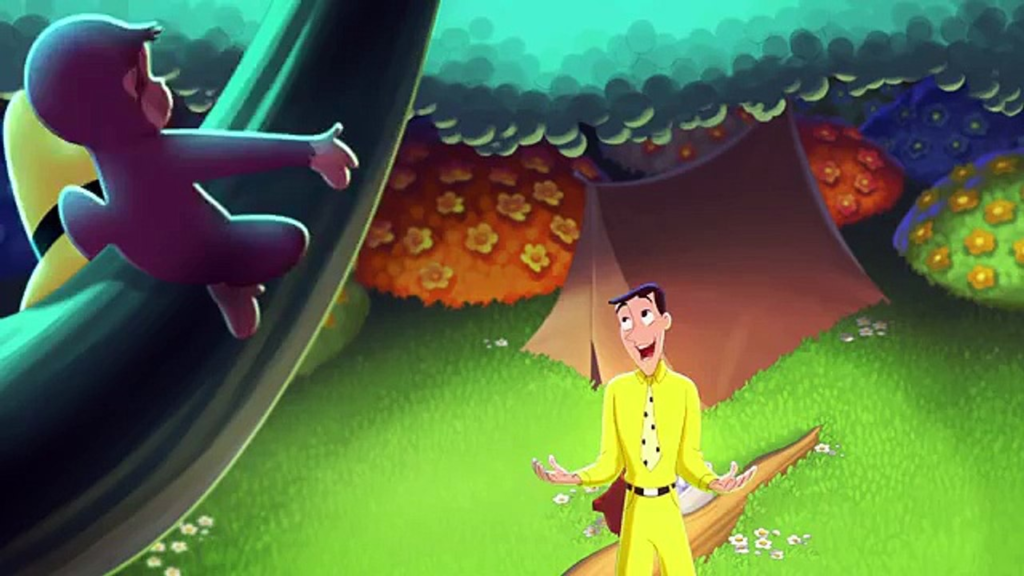
Before delving into the rumors, understanding the origins of Curious George is necessary. George was initially named Fifi, created by H.A. Rey and Margret Rey, Jewish refugees fleeing from Paris during World War II. In the debut of his story, George is brought from Africa to live in a big city by “The Man with The Yellow Hat.” His life is characterized by curiosity-backed adventures, mild consequences, and happy resolutions—a formula that made the character beloved for generations.
Books and Narratives Surrounding George’s Adventures
In the Curious George books, no storyline involves the character experiencing sickness or death. The charm of Curious George lies in his enduring spirit, the educational experiences stemming from his curiosity, and the absence of severe consequences for his actions, meaning that within the children’s books, Curious George never dies.
Character’s Presence in Continuing Publications and Media
Curious George has lived on through numerous adaptations, from animated television series to movies and video games. None of these mediums has portrayed the character’s death, and as a fictional character, Curious George remains immortal in the imaginations of readers and viewers.
Legacy Left by the Authors
The authors, H.A. and Margret Rey, passed away in 1996 and 1997, respectively. It is their legacy that “dies” in a literal sense, not the character. Though the creators are no longer here, their creation continues to thrive—a testament to their lasting impact on children. The Rumors and Their Possible Origins.
How did Curious George die?
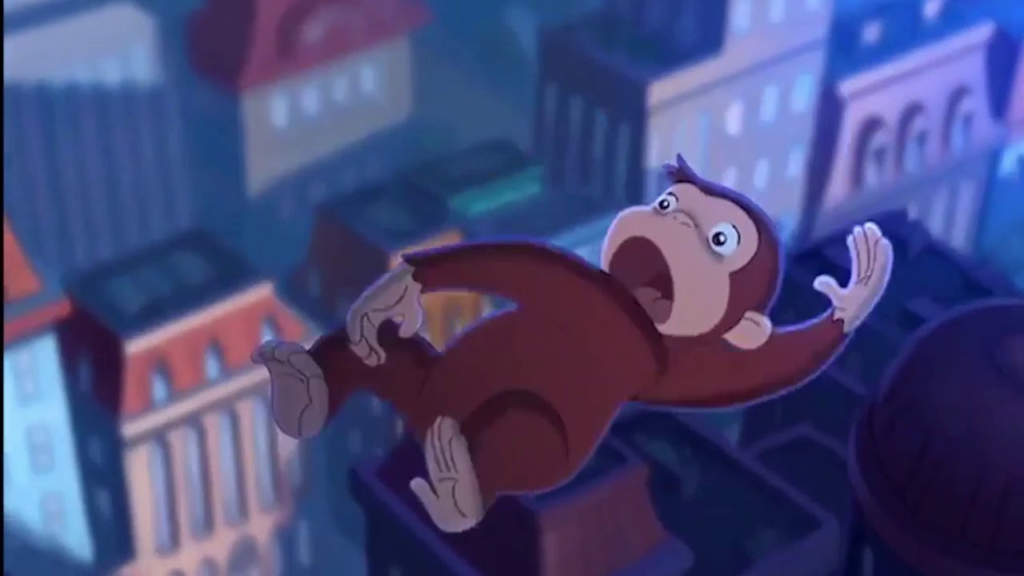
The question of “How did Curious George die?” may arise from conf”sion with real-world events—such as characters’ deaths in other stories or situations where animals have met unfortunate endings. These are not pertinent to the world in which Curious George lives. In an age of internet hoaxes and misinformation, it’s worth mentioning that false information can spread rapidly, leading to baseless rumors regarding the destinies of cherished characters like Curious George.
Parodies and Alternate Storylines
Parodies or fan fiction may create alternate endings for various characters, including Curious George. However, these narratives are unofficial and not recognized by the publishers or estate of the authors. They serve a different purpose—often an adult commentary or satire—and should not be confused with the authentic tales written by H.A. and Margret Rey.
Intellectual Property and Its Maintenance
The publishers and Rey’s estate manage ownership and the continuation of the intellectual property. CuriousRey’sge remains a thriving franchise with new stories and educational materials consistently published to maintain interest in the character and to introduce him to new generations of children.
Impact of Curious George on Children’s LiteratureChildren’sal Contributions

Curious George has contributed significantly to children’s literaturechildren’sing entertaining stories that also educate. His curiosity often leads to discoveries about numbers, letters, science, and social interactions, becoming teachable moments for young readers. The character instills a sense of wonder and encourages children to learn more about the world around them.
Psychological Aspects
Psychologically, Curious George is relatable to children. The stories validate their curiosity and reassure them that mistakes are a part of learning. This aspect of George’s character is an endearing figure and instrumental in encouraging young readers to explore, ask questions, and embrace learning.
Global Reach and Recognition
Curious George’s global recogGeorge’s astronomical. The books have been translated into many languages and have had a profound impact on children around the world. The fascination with a small monkey’s adventures and the monkey’s cultural barriers make Curious George a universal figure in children’s media.
Conchildren’s Pop Culture
The continuity of Curious George in popular culture is ensured through various channels—educational curricula, public service messages, and as a mascot for reading programs. His image is not one of tragedy or demise but of joy, exploration, and learning.
Frequently Asked Questions About Curious George
Who created Curious George?
Curious George was created by the husband-and-wife team, H.A. Rey and Margret Rey.
Why do people ask about the death of Curious George?
Misinformation, parodies, or confusion stemming from other stories may lead people to ask about the death of Curious George. However, the character does not experience death in any official narratives.
Has Curious George ever faced any severe danger in the stories?
While Curious George often finds himself in tricky situations, these scenarios are designed to be light-hearted and educational, with positive and reassuring resolutions.
Will there be new Curious George stories?
The continuation of Curious George’s stories is iGeorge’s snds of the publishers and the Reys’ estate. They have shown interest in maintaining the character’s legacy with wicharacter’sications.
Is Curious George considered an essential figure in children’s literature?
George has significant educational and cultural importance within children’s literature, a classic character that has stood the test of time.
Conclusion
In conclusion, to address the rumors head-on, Curious George, as a character, does not die. He continues to live in the sprawling landscape of children’s imaginatiochildren’selves selves and digital platforms. Curious George embodies the joy of discovery and the innocence of childhood—a figure cemented in the annals of literary history and protected from the ephemeral nature of life and death.










